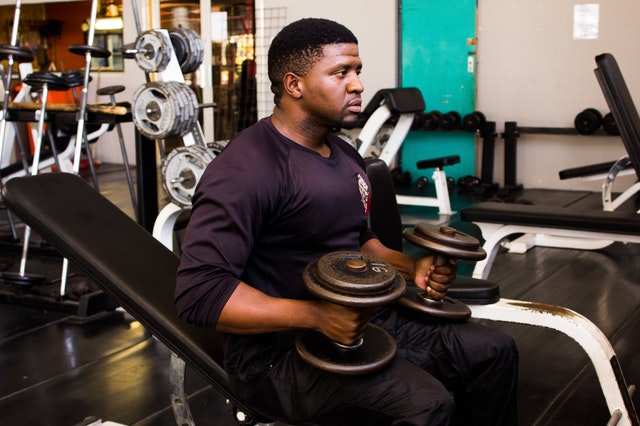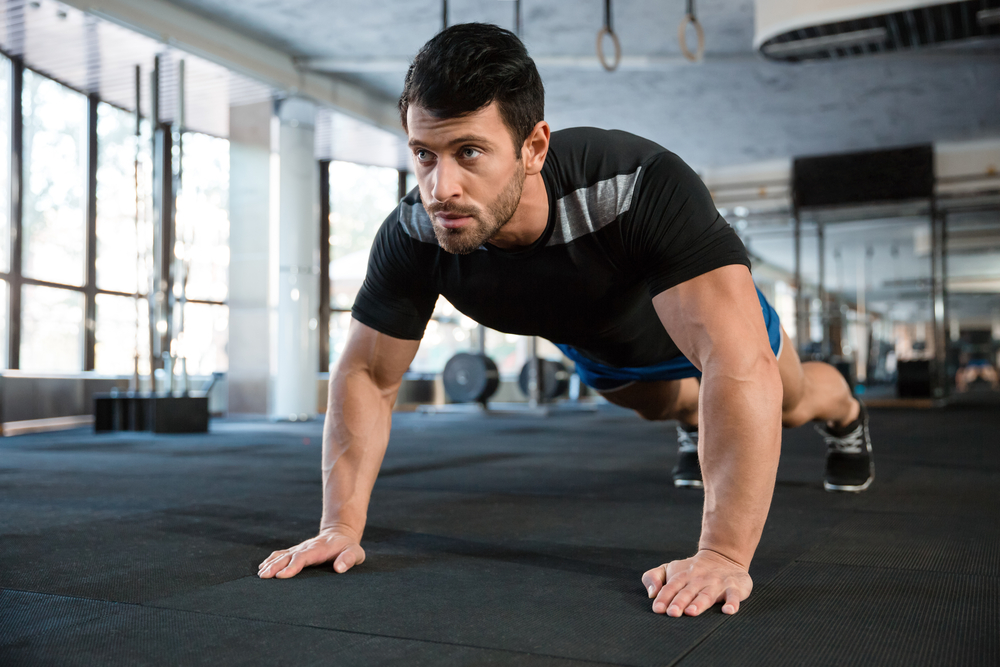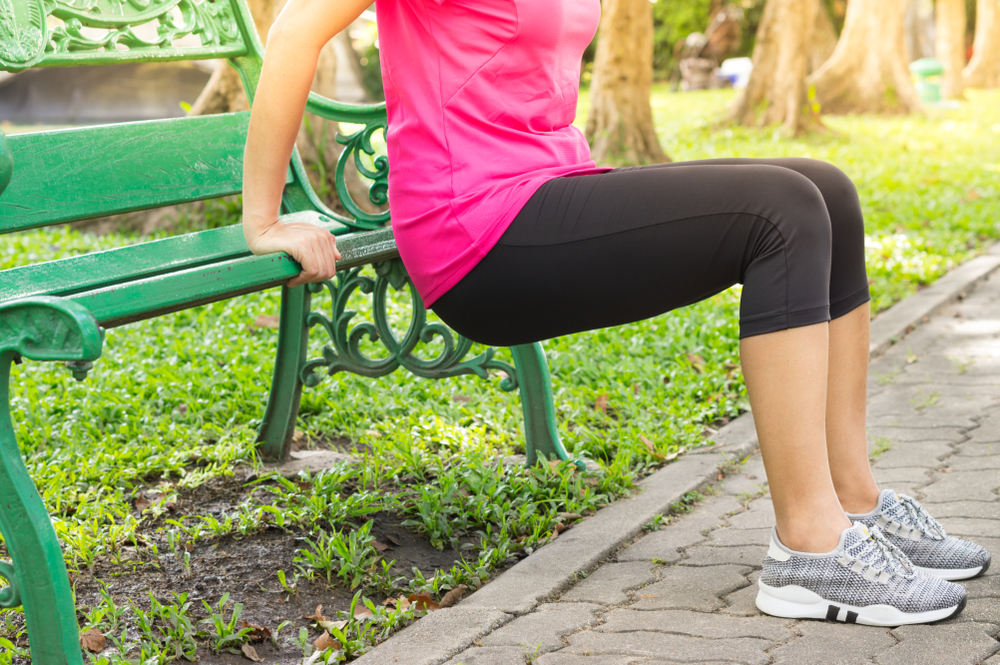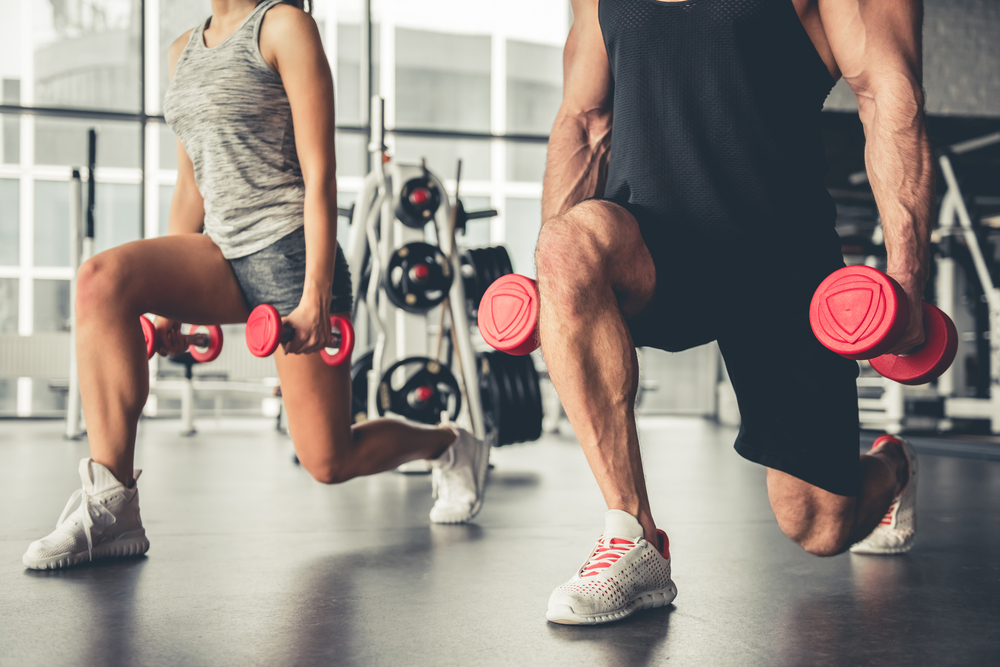
Image Source: Pexels
Exercise is fun, easy, and doesn’t require a lot of expensive equipment, especially when your primary focus is to get your muscles, heart, and mind working at their max, and building the core muscle groups.
Strength training for wounded military veterans is no different than training elite athletes or high school football players. It all starts with a basic strength-training program designed for a solid foundation from which to build over time and increase the resistance or weight, as well as repetitions and duration.
Exercise is the key to helping wounded warriors improve their physical, mental, spiritual, and emotional well-being, especially after their traumatic injuries and operations in less-than-ideal environmental conditions.
With an eye on improving one’s health and building a solid foundation for exercise, it’s important to not only work out but also follow a warm-up, stretch, and cool-down routine to optimize your strength training.
WARM-UP – 5 MINUTES
Warming up your body ensures your muscles are prepared and ready to go. You can complete a 5-minute exercise at low intensity, like walking, jogging, swimming, or cycling, or we recommend these seven movements for your 5-minute warm-up routine to get you ready.
STRENGTH TRAINING – 20-30 MINUTES
Strength training can be done either by completing numbered sets–i.e., 3x sets of 10-20 repetitions–or timed sets–i.e., 3x sets consisting of 30-, 45-, or 60-second intervals. It’s really at your comfort level but challenging enough to push yourself to get results over time.
The following exercises are basic, low-impact weight and strength training using dumbbells, a chair or bench, and a floor mat–items easily found around the home, office, or gym.
1. Push-ups (Chest): The push-up is the most basic strength training exercise and involves no equipment, well except for maybe a mat.
It’s an exercise all military veterans are most familiar with, so get started with “the push-up, it’s a two-count exercise,” the up and down.
Keep good form throughout the exercise. Hands should be slightly wider than shoulder width, back straight, abdomen flat, legs parallel and aligned with the back/hips and the entire body moves up and down as a complete unit.

2. Dumbbell Press (Chest): To complete this exercise, and the next few, you will need two dumbbells of equal weight.
We recommend starting with 20-pound dumbbells and working your way up. Challenge yourself, but don’t overdo it or injure yourself.
You can do these either lying down on a bench or on the floor. Start with the dumbbells parallel to your chest, elbows at 90° and extend your arms out above your chest and return.
Control the dumbbell and maintain a slow, fluid motion throughout the exercise.
3. Dumbbell Curls (Biceps): While standing or sitting, let the dumbbells hang down by your side.
Then, either together or alternating arms, raise the dumbbells to your chest and return.
There are multiple variations of the dumbbell curls with palms facing front or toward your sides.
It’s the one exercise all military veterans enjoy, especially as you “show off the guns” in your short sleeve shirts around the office at work or on your hard-earned PTO at the beaches during the summer.
4. Chair/Bench Dips (Triceps): This is a great exercise as it can be done virtually anywhere there is a chair, a bench, or stairs.
Start by placing your hands on the edge of a chair or bench and position yourself so your legs or thighs are parallel to the ground.
Then lower yourself, or drop your hips, until your upper arms are approximately parallel, and then rise back up.
It’s easy, but after a few, you’ll start to feel the burn in your upper arms. That’s the point–building your much-neglected triceps.

5. Crunches (Abdominals): While lying flat on your back, on a mat or the floor, with your knees bent at a 90° angle, raise your shoulders up with eyes looking straight up at the sky, focusing on keeping your abdomen tight, and then back down.
There are multiple variations of this exercise including the use of weights, an exercise ball or simply moving from side to side to work your obliques as well as your core.
6. Lunges (Quadriceps): Okay, grab those dumbbells again and stand tall with them hanging by your side.
While alternating legs, step forward with one leg, approximately 2-3 feet, keeping your balance and not exceeding a 90° angle with your lead leg. Then back up.
You can exercise in a place or go outside. As you complete each lunge, continue to move forward as if walking.
This exercise is not only good for the quads but also the buttocks and lower back.

7. Calf Raises (Calves): It’s a simple exercise that always gets a few laughs at physical training in the morning.
Again, standing tall, either on the floor or on the edge of a 2×4 wood block with the dumbbells at your side, simply raise up on your toes fully extended and back down for one repetition.
It’s a small part of your leg muscles but one you can’t overlook if you want a balanced, full-body workout.
After completing this workout 3 times a week for 4-6 weeks, you can increase your weight by 10 percent and increase your repetitions as well.
The focus is on completing each exercise correctly while challenging yourself with resistance and good cardiovascular intensity.
STRETCHING/COOL DOWN – 15 MINUTES
Okay, now it’s over, the main workout that is. Lastly, it’s time to cool down and stretch the muscles you worked out to optimize the benefits and optimize your recovery.
You can cool down by simply repeating the warm-up exercises at a lower intensity and then transitioning to stretching after your strength training. You’ll feel better each time you complete this workout.
The benefits are not only to your physical stature, but also to your mental, spiritual, and emotional outlook on life will improve, which is important to be successful in life.
It all starts here–taking care of yourself first, serving yourself as you have served your nation. It’s your duty to take care of yourself, to give back to yourself, and to continue to be productive members of society.
You won’t receive recognition, like the medals, ribbons, and insignia you received during your service in the military, but you will receive the respect and admiration of your family and friends and, more importantly, yourself.
So, “Be All You Can Be,” “Aim High” and demonstrate you’re one of “the Few, the Proud” and “Army Strong,” standing tall doing physical training as a wounded warrior ready to face any challenge in front of you.
About The Author:
Julia Nex serves as the Content Strategist for Medals of America. She oversees all of the web and print content for the company. She has been with the company for over 10 years.




